Fasting Procedure
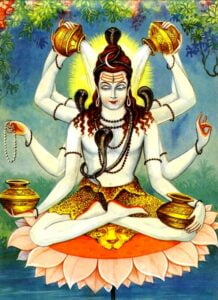 You are required to observe a fast on the day of Mahā Śivarātri. The very detailed procedure is quite difficult to follow, for ordinary people and what is being advised is a simplified version or the bare-bones of what must be done. The moot point is that the entire day of Śivarātri is a day of penance for all that sins that cause rebirth cycles and one must atone for them else suffer rebirth and various hells in this life and after.
You are required to observe a fast on the day of Mahā Śivarātri. The very detailed procedure is quite difficult to follow, for ordinary people and what is being advised is a simplified version or the bare-bones of what must be done. The moot point is that the entire day of Śivarātri is a day of penance for all that sins that cause rebirth cycles and one must atone for them else suffer rebirth and various hells in this life and after.
In 2022, Mahā Śivarātri is on Tuesday, 1 Mar 2022 and fasting is to be done for the entire day. There are three methods of fasting and you are required to choose one of them. What is common to all the three methods is
(a) keeping a fast of one of the three kinds enumerated below.
(b) abstinence from all sensual gratification including perfumes, powder, wearing flowers, unguents, ornaments, chewing betel, music, dancing etc.
(c) chanting (japa) of the pañcākṣarī mantra
Method 1: Nirjala Upavāsa is the hard fast which is without eating or drinking anything at all. These people do not even drink water.
(a) In current form of Puja Vidhi, devotees visit Śiva temples early in the morning. Most people finish Śiva Linga Puja before noon as most temples are closed after that in preparation of evening Darshan. In the morning devotees perform Abhishek with milk and water and offer different items to the Śiva Liṅga including Bilva leaves, Bilva fruit [Dhatura by tāntrika]
(b) Most Śiva temples open in the evening only for the Darshan and not for the Puja activities.
(c) PROHIBITED Many people distribute sweet beverage laced with Bhang in the form of Prasad. Bhang, which is made of cannabis plant, is easily accepted in the society as the offering from Lord Śiva. But this is tamasic in nature and must be wholly rejected by those following the path of the pure white-moon.
Method 2: Alpa āhāra Most devotees observe full day fast on a small diet of fruits and juices including water. Usually people don’t mind to have single fasting meal in the evening but not on the Maha Śivarātri vrata day. Vrata must continue throughout the night as the pujas has to be done for all the Shukra Karma of past (lives included).
On the next day of Maha Śivarātri, the food which specially includes plain rice and yellow curry made of gram flour is offered to the deity of Lord Śiva and after that it is given to some Baba known as ‘Bham Bhole’ who symbolically represents Lord Śiva. Only after this offering family members can have the food.
Method 3: Vishesa Vrata However, there is another strict Vidhi which has been suggested in most religious books. Śivarātri Puja Vidhi as per Religious Books – Following Puja Vidhi during Maha Śivarātri has been collected from various religious texts. We have included all main rituals which are suggested during Maha Śivarātri.
Only single meal a day before Maha Śivarātri fasting. This is the Pradosha day, the one preceding Śivarātri. On this day people start preparing for the Śivarātri by consuming only one meal in the day time. It is one of the common practices during fasting to make sure any undigested food is not left in the digestion system on the fasting day. Hence it is necessary to remove all ama from the body. Then they keep Nirjala Vrata during the Śivarātri day
Puja Method
On the day of Śivarātri, one should get up early in the morning and take bath. It is suggested to add black sesame seeds into the water. It is believed that the holy bath on the day of Śivarātri purifies not only the body but also the soul. If possible bathing in Ganges is preferred or add Ganga water to your bathtub or bucket.
After taking bath devotees should take संकल्प Sankalp to observe full day fast and to break the fast on the next day. During Sankalp devotees pledge for self-determination throughout the fasting period and seek blessing of Lord Śiva to finish the fast without any interference. Hindu fasts are strict and people pledge for self-determination and seek God blessing before starting them to finish them successfully.
Devotees should abstain from all type of food during the fasting. In the strict form of fasting even water is not allowed. However, consumption of fruits and milk is suggested during day time which should be followed by strict fasting during night. In other words during day time fruits and milk can be consumed.
Devotees should take second bath in the evening before doing Śiva Puja or visiting temple. If one is not able to visit the temple then makeshift Śiva Ling can be made to perform Puja activities. One can even shape the mud in Linga form and apply Ghee to perform Abhishek Puja at home.
Śiva Puja should be done during night. Śivarātri Puja can be performed one time or four times during the night. The whole night duration can be divided into four to get four Prahar (प्रहर) to perform Śiva Puja four times. Devotees who want to perform single Puja should do it during midnight. Please check Maha Śivarātri Puja Timings to know timings of four Prahars for your city.
- Ratri First Prahara Puja Time – 06:21 PM to 09:27 PM, Mar 01
- Ratri Second Prahara Puja Time – 09:27 PM to 12:33 AM, Mar 02
- Ratri Third Prahara Puja Time – 12:33 AM to 03:39 AM, Mar 02
- Ratri Fourth Prahara Puja Time – 03:39 AM to 06:45 AM, Mar 02
As per Puja Vidhi, Abhishek of Śiva Lingam should be performed with different materials. The milk, rose water, sandalwood paste, yogurt, honey, Ghee, sugar and the water are commonly used for Abhishek.
Devotees, who perform four Prahar Puja, must perform water Abhishek during first Prahar, curd Abhishek during second Prahar, Ghee Abhishek during third Prahar and honey Abhishek during fourth Prahar apart from other materials. After the Abhishek ritual, Śiva Linga is adorned with the garland made of Bilva leaves. It is believed that Bilva leaves cool down Lord Śiva.
After that Chandan or Kumkum is applied to the Śiva Linga which is followed by lighting lamp and Dhupa. The other items which are used to adorn Lord Śiva include flower of Madar (मदार) which is also known as Aak (आक), Vibhuti which is also known as Bhasm. Vibhuti is sacred ash which is made using dried cow dung.
Kṛṣṇa Chaturdaśī Tithi: 01 Mar 03:16 AM – 02, Mar 01:00 AM
Note that Parana (पारण) i.e. breaking the fast, must be done before the ending of Kṛṣṇa Chaturdaśī Tithi i which happens on 02 Mar at 1:00 AM
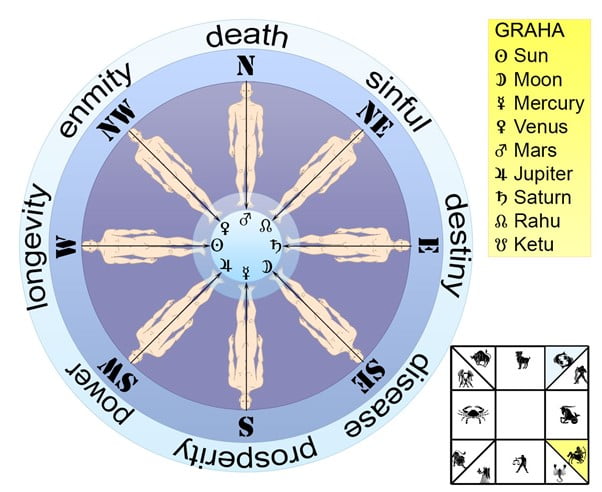
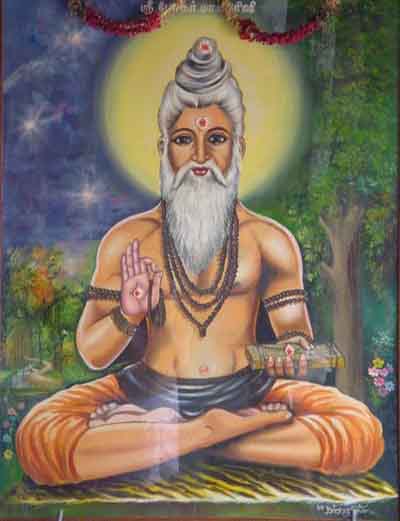
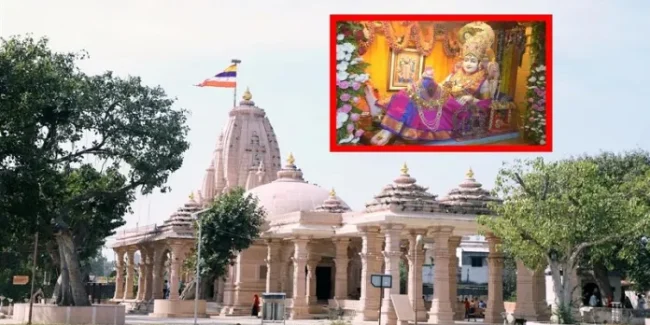
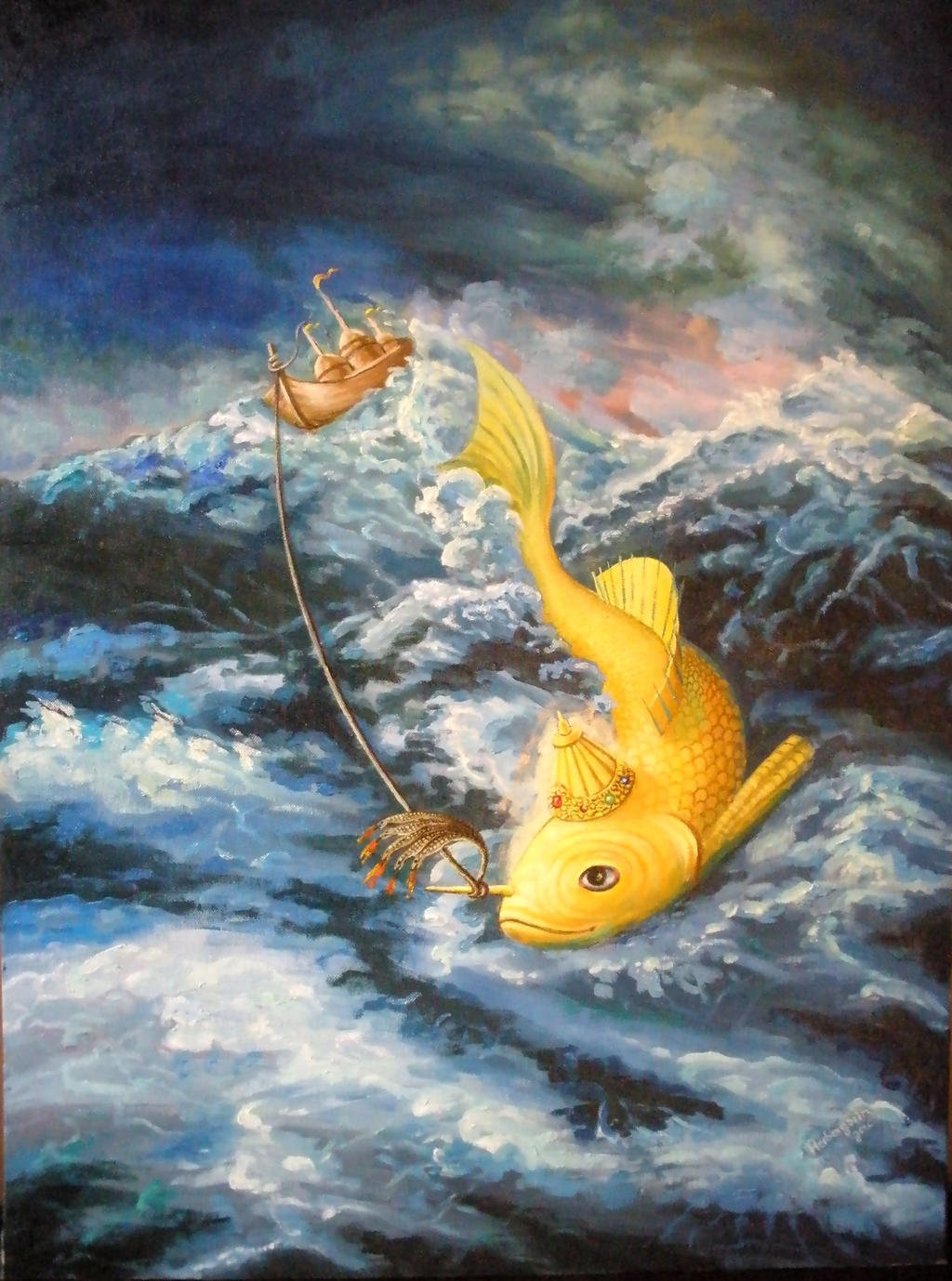
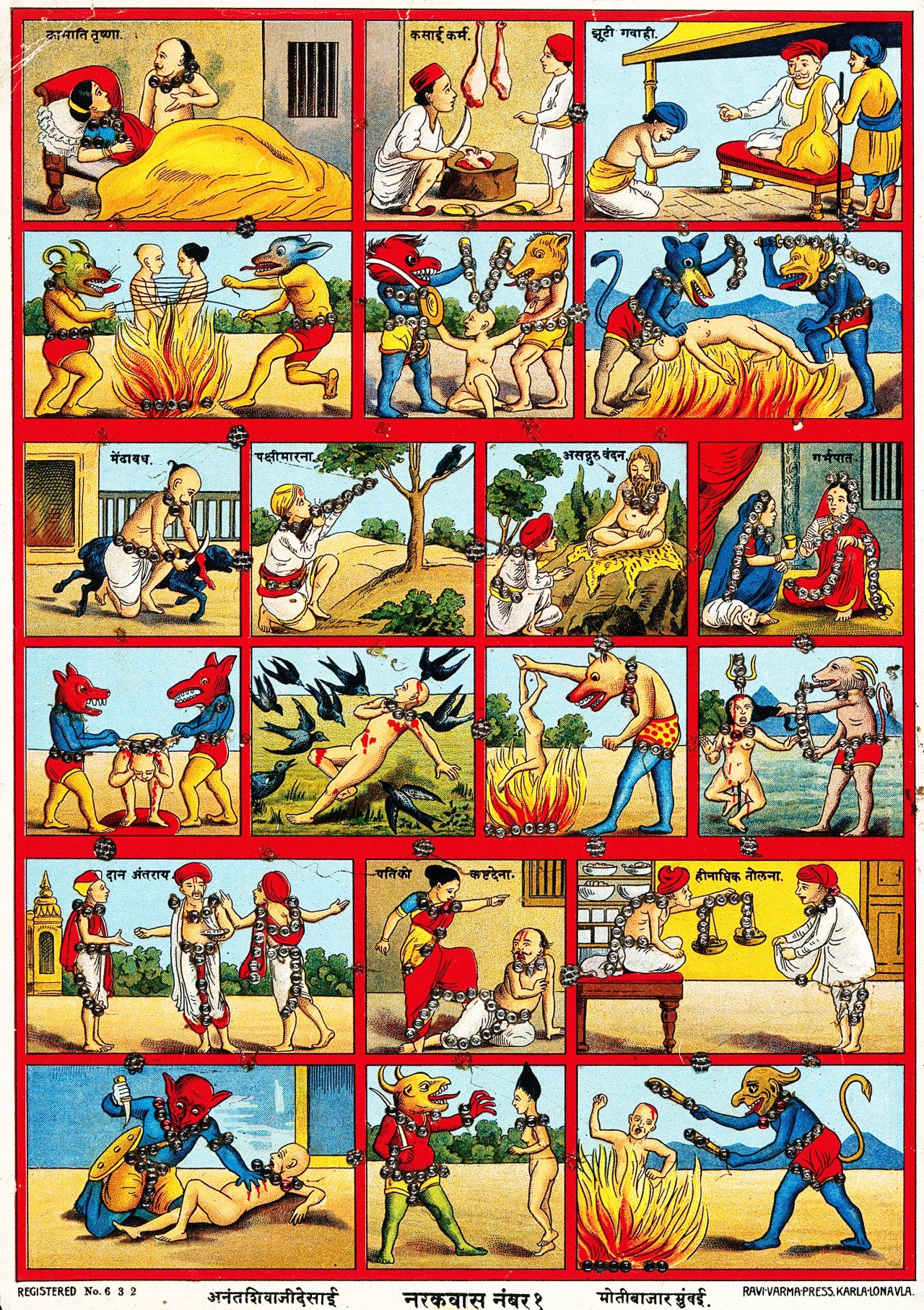

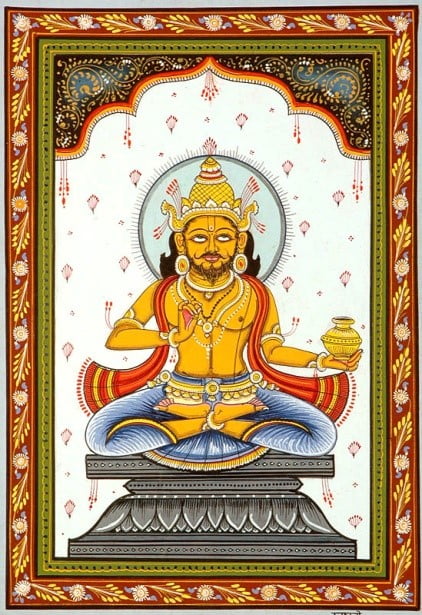
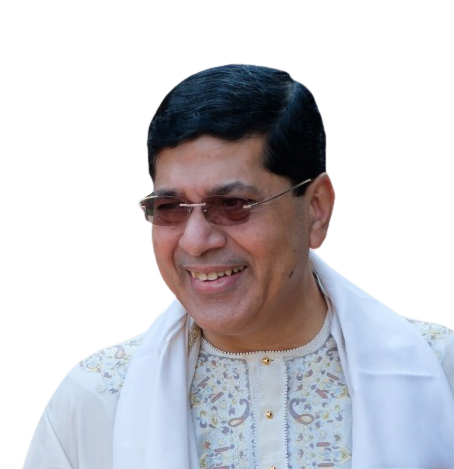
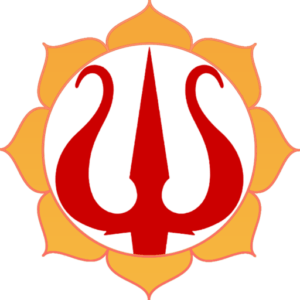
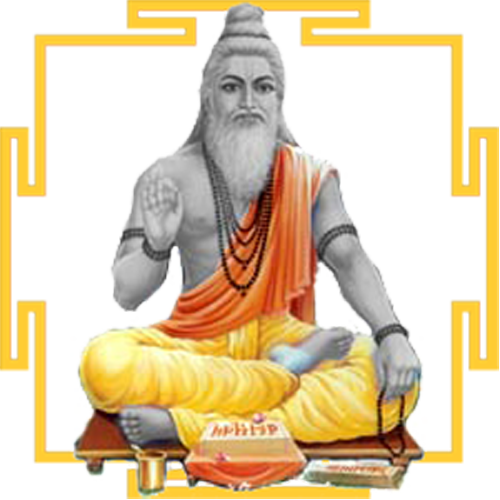 DBC offers online courses in jyotish (Vedic Astrology) taught directly by Sanjay Rath as per the tradition, through narrated power points and other audio tools. The courses are at different levels, from the beginners through the intermediate to the advanced and are known as SoHamsa | DBC courses, with individual classrooms and assistant teachers
DBC offers online courses in jyotish (Vedic Astrology) taught directly by Sanjay Rath as per the tradition, through narrated power points and other audio tools. The courses are at different levels, from the beginners through the intermediate to the advanced and are known as SoHamsa | DBC courses, with individual classrooms and assistant teachers
 Sagittarius Publications is the publisher and distributor the popular quaterly magazine the Jyotish Digest, as well as many thorough books on the subject of Vedic Astrology or Jyotish.
Sagittarius Publications is the publisher and distributor the popular quaterly magazine the Jyotish Digest, as well as many thorough books on the subject of Vedic Astrology or Jyotish.